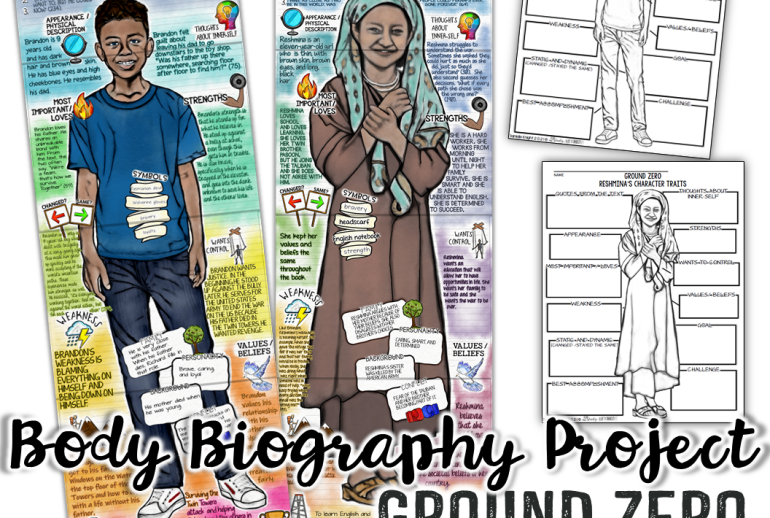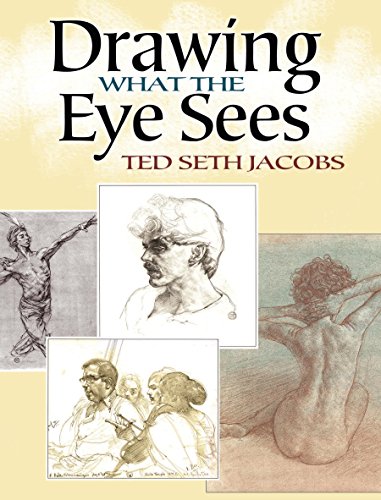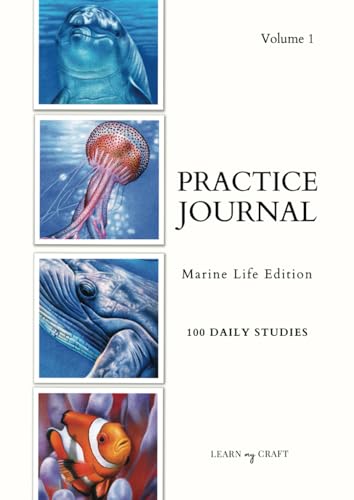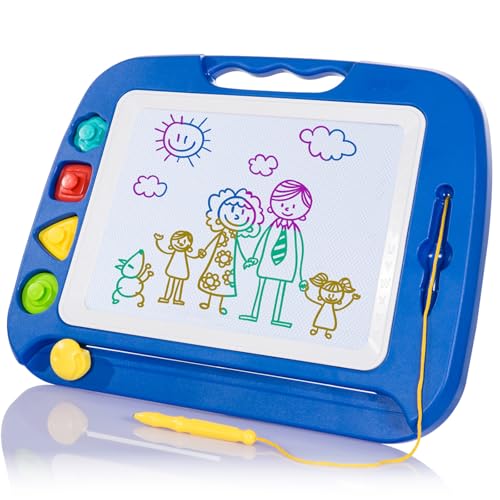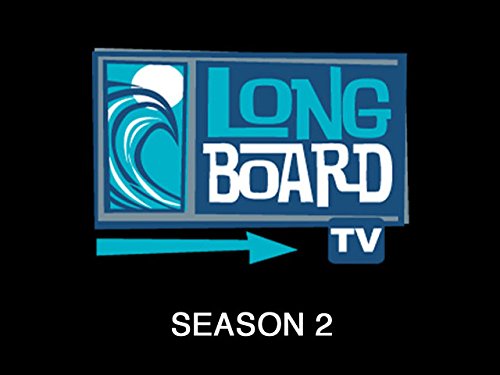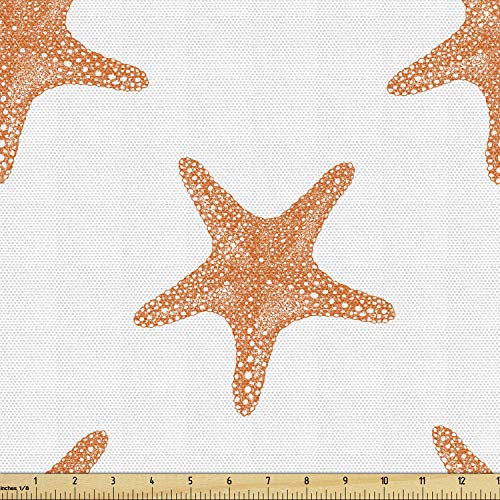Drawing from scratch can be challenging. But it is also exciting.
Starting with a blank page gives you endless possibilities. Ground Zero Drawing Ideas are perfect for beginners and experienced artists alike. These ideas spark creativity and help overcome the fear of the empty page. Whether you want to draw simple shapes or complex scenes, these ideas can guide you.
They offer a starting point and inspire new concepts. So, grab your pencil and get ready to explore creative horizons. This blog will delve into various drawing ideas to ignite your imagination and get you started on your artistic journey. Let’s dive in and see where your creativity takes you!
Introduction To Ground Zero Drawing
Ground Zero Drawing is a fascinating way to ignite creativity. It starts with a blank canvas. This method encourages fresh ideas and new beginnings. The concept is simple but powerful. Let’s dive into what makes Ground Zero Drawing so special.
What Is Ground Zero Drawing?
Ground Zero Drawing is a technique where you start from scratch. No previous marks or sketches. Just a blank page. This approach allows for pure creativity. It is about exploring the unknown and creating something new. Artists of all levels can benefit from this technique.
Importance Of Starting Fresh
Starting fresh has many benefits. It removes limitations from past work. This can lead to new and exciting ideas. Here are some key points on why starting fresh is important:
- Clear Mind: A blank canvas means no distractions.
- Endless Possibilities: The potential is limitless.
- Boosts Creativity: New beginnings spark fresh ideas.
Ground Zero Drawing is not just for artists. Anyone can benefit from this method. It encourages thinking outside the box. It opens up new avenues for expression. Give it a try and see where your imagination takes you.

Finding Inspiration
Finding inspiration for drawing can be a delightful journey. Often, the most beautiful ideas come from the simplest sources. By observing the world around you, you can discover countless subjects to draw. Let’s explore a few ways to find inspiration for your next masterpiece.
Exploring Nature
Nature offers endless inspiration. Take a walk in a park or a forest. Observe the trees, flowers, and wildlife. Notice the colors and shapes. Capture the beauty of a blooming flower or a majestic tree. Try drawing the sky at different times of the day. The changing light and clouds provide unique challenges.
Don’t forget the smaller details. A leaf, a rock, or a stream can be fascinating subjects. Experiment with different perspectives. Draw a bird from up close or a landscape from afar. Nature’s variety ensures you will never run out of ideas.
Drawing From Everyday Life
Everyday life is full of inspiration. Look around your home or workplace. Common objects can be interesting subjects. Draw your favorite coffee mug or your pet. Try capturing people in different poses. Sketch your friends or family members.
Public places are great for finding inspiration. Visit a café, a market, or a park. Observe people and their interactions. Draw the hustle and bustle of a busy street. Capture the calm of a quiet library. Everyday scenes can tell compelling stories through your drawings.
Essential Tools And Materials
Creating stunning drawings starts with the right tools and materials. These essentials form the foundation for any artist, beginner or professional. Let’s explore the key items you need to kickstart your drawing journey.
Choosing The Right Pencils
Pencils come in various grades, ranging from hard (H) to soft (B). Hard pencils, like 2H, are great for fine details. Soft pencils, like 4B, are perfect for shading. A good set should include a range from 2H to 6B. Mechanical pencils are also useful for precise lines. Invest in quality brands for better results.
Paper And Sketchbooks
The type of paper affects your drawing’s outcome. Smooth paper is ideal for detailed work. Textured paper works well for shading and blending. Choose acid-free paper to preserve your artwork. Sketchbooks come in various sizes. Portable ones are great for on-the-go drawing. Larger sketchbooks provide more space for detailed work. Spiral-bound sketchbooks allow easy page flipping.

Basic Techniques
Drawing from scratch can be both exciting and challenging. Starting with basic techniques can help you build a solid foundation. This section will cover the essentials, such as lines, shapes, shading, and texture.
Lines And Shapes
Understanding lines and shapes is crucial for any drawing. Begin with simple lines. Practice drawing straight, curved, and zigzag lines. Use different lengths and angles.
Next, move on to shapes. Basic shapes are the building blocks of drawing. Start with circles, squares, and triangles. Combine them to create more complex forms.
| Type | Description |
|---|---|
| Straight Lines | Use a ruler for accuracy. |
| Curved Lines | Draw freehand for a natural feel. |
| Geometric Shapes | Basic forms like circles and squares. |
Shading And Texture
Adding shading and texture brings your drawings to life. Start with basic shading. Use a pencil to create light and dark areas. This adds depth and dimension.
Texture can make your drawings more realistic. Experiment with different techniques. Use short lines, dots, and cross-hatching. These methods can create the illusion of various textures, like rough or smooth surfaces.
- Light Shading: Use gentle strokes.
- Dark Shading: Press harder with your pencil.
- Texture Techniques:
- Short Lines
- Dots
- Cross-Hatching
Remember, practice makes perfect. Keep experimenting with these basic techniques to improve your drawing skills.
Overcoming Creative Blocks
Overcoming creative blocks can be a challenge for artists. Whether you are a beginner or an experienced artist, creative blocks can halt your progress. It’s important to find ways to overcome these blocks and reignite your creativity.
Mindfulness Practices
Mindfulness can help clear your mind. It allows you to focus on the present moment. Practice deep breathing exercises to relax your mind. Find a quiet space and sit comfortably. Close your eyes and take slow, deep breaths. Focus on your breathing. If your mind wanders, gently bring it back to your breath. This practice can help reduce stress and anxiety.
Meditation is another useful tool. Spend a few minutes each day meditating. This can help you find inner peace. When you are calm and centered, creativity flows more easily. Journaling your thoughts and feelings can also be beneficial. Write down any ideas or images that come to mind. This can help spark new ideas and break through creative blocks.
Experimenting With New Styles
Trying new styles can open up new creative avenues. Step out of your comfort zone. Experiment with different techniques and materials. If you usually work with pencils, try using watercolors. If you prefer detailed work, try creating abstract pieces. These new experiences can inspire fresh ideas.
Look at the work of other artists. Study different art movements and styles. This can give you new perspectives and ideas. Attend art workshops or classes to learn new skills. Collaborate with other artists. This can lead to new and exciting projects. Remember, there are no mistakes in art, only learning experiences.
Building A Routine
Building a drawing routine can be the key to consistent improvement. A well-established routine helps develop skills and fosters creativity. Let’s explore how to build this routine effectively.
Setting Aside Time
Consistency is crucial in developing a drawing routine. Set aside a specific time each day for your drawing practice. Even 15 minutes can make a difference. Choose a time when you feel most focused. Morning or evening, the key is consistency. Avoid distractions during this time. Turn off notifications and create a quiet environment. This dedicated time helps in building a habit.
Creating A Comfortable Workspace
Your workspace should inspire creativity. Choose a well-lit area with minimal distractions. Keep your drawing materials organized and within reach. A clean and tidy workspace boosts productivity. Personalize your space with items that inspire you. It could be a favorite poster or a plant. Ensure your chair and desk are comfortable. Good posture prevents strain and keeps you drawing longer.
Showcasing Your Art
Showcasing your art is a vital step in your artistic journey. It helps you gain recognition and feedback. Whether you are a budding artist or an experienced one, sharing your work can be fulfilling.
Sharing On Social Media
Social media platforms are perfect for sharing your art. They offer a wide audience. You can use platforms like Instagram, Facebook, or Pinterest. Post your drawings regularly. Engage with your followers. Answer their questions and thank them for their support. This helps build a loyal community around your art.
Creating A Portfolio
A portfolio is essential for serious artists. It showcases your best work. Create a digital portfolio with high-quality images. Arrange the drawings in a neat and organized way. Include a brief description of each piece. Mention the inspiration behind it. This helps viewers understand your creative process.
Frequently Asked Questions
What Are Some Beginner Drawing Ideas?
Try simple shapes, nature scenes, or everyday objects. These are easy and fun to start with.
How Can I Improve My Drawing Skills?
Practice regularly. Draw different subjects. Study tutorials and art books. Join drawing classes if possible.
What Tools Do I Need For Drawing?
Basic tools include pencils, erasers, paper, and a sharpener. Optional: colored pencils, markers, or charcoal.
Where Can I Find Drawing Inspiration?
Look around you. Nature, people, and objects can inspire. Online platforms like Pinterest and Instagram help too.
Conclusion
Drawing at Ground Zero offers unique and inspiring ideas. These concepts help you create meaningful art. Whether a beginner or experienced, anyone can try them. Explore different styles and techniques. Let your creativity flow. Ground Zero drawings can be a powerful way to express emotions.
So, grab your tools and start drawing today. Keep practicing and see your skills grow. Enjoy the journey of creating art from Ground Zero.

